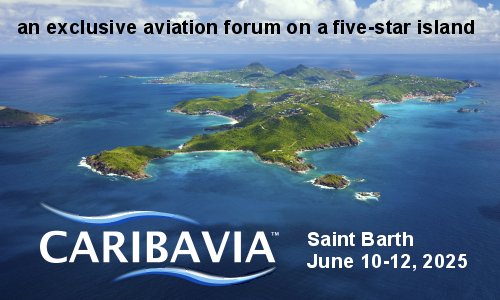A privately operated reusable spaceplane based on a Russian cold war design has been chosen by Nasa to fly at least six re-supply missions to the International Space Station (ISS). The Sierra Nevada Corporation’s Dream Chaser will launch on a rocket but land on a runway like the space shuttle.
Nasa currently use Boeing’s ATK Cygnus module and Space-X’s Dragon capsule to re-supply the ISS. While Cygnus is designed to burn up on re-entry, carrying rubbish for disposal, Dragon splashes down for retrieval and re-use.
Hitting the ocean is a jarring return to Earth, however. The Dream Chaser’s horizontal landing capability has made it attractive to Nasa because it could gently return delicate cargos and experiments to Earth.
At nine metres long, and with a wingspan of nearly seven metres, the uncrewed Dream Chaser is a little larger than the US air force’s X-37B space plane.
Dream Chaser has so far only completed one test flight, in 2013. It was deemed faultless until the final stage of the landing, when the left landing gear failed to open and the spaceplane veered off the runway. However, the damage incurred was mainly cosmetic.
The design is based on a Soviet spaceplane, known as BOR, that was first tested in 1969. In 1982, an Australian spy plane took an image of the BOR-4 test vehicle as it was being recovered from a splash down in the Indian Ocean.
They shared the image with the US, where engineers recreated the shape and found the upswept wings made the vehicle highly stable. They have been interested in using the design ever since.
Dream Chaser’s first flight to the ISS will occur in the next few years.

Gama Aviation announced record passenger numbers for 2024, 10 years since opening its FBO in Sharjah. And, as this achievement reinforces Gama Aviation’s strong growth in the sector, such m...
ZeroAvia agreed a deal for the first sale of its 600kW electric propulsion system to Jetcruzer International for electric flight testing to hone the design of its Jetcruzer 500E. D...
General Atomics AeroTec Systems has reached another milestone in Do228 pilot training: Following the successful certification of the Do228 Flight Simulation Training Device as FTD Level 2, G...
The trade fair within the trade fair AERO Drones will continue to fly on its successful course at AERO 2025. This year, it will find a new home in Hall B4 on the first three days of the annual sh...
